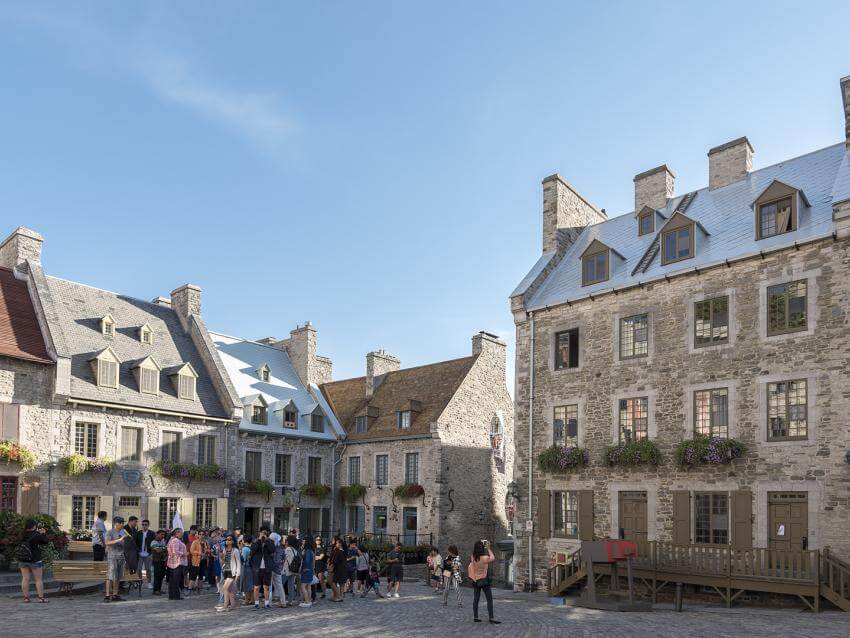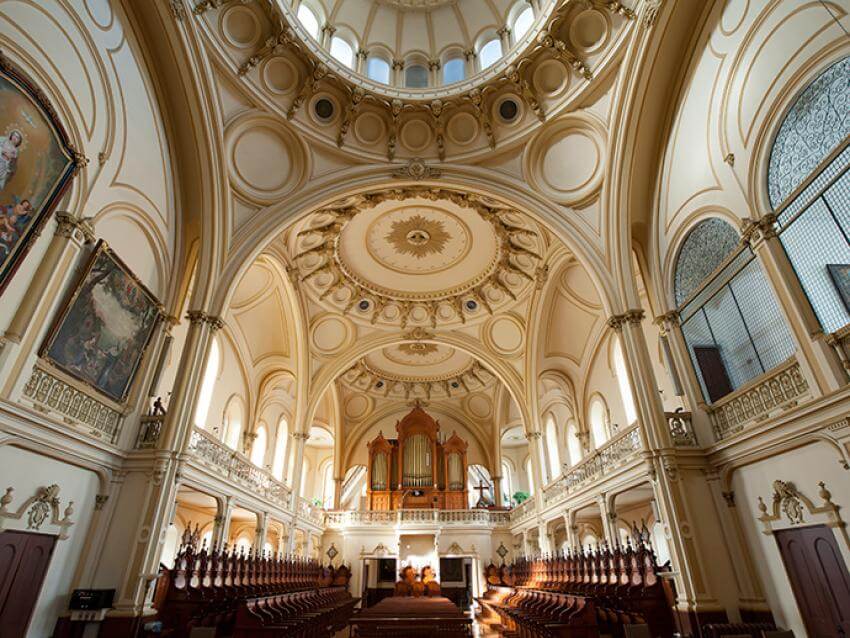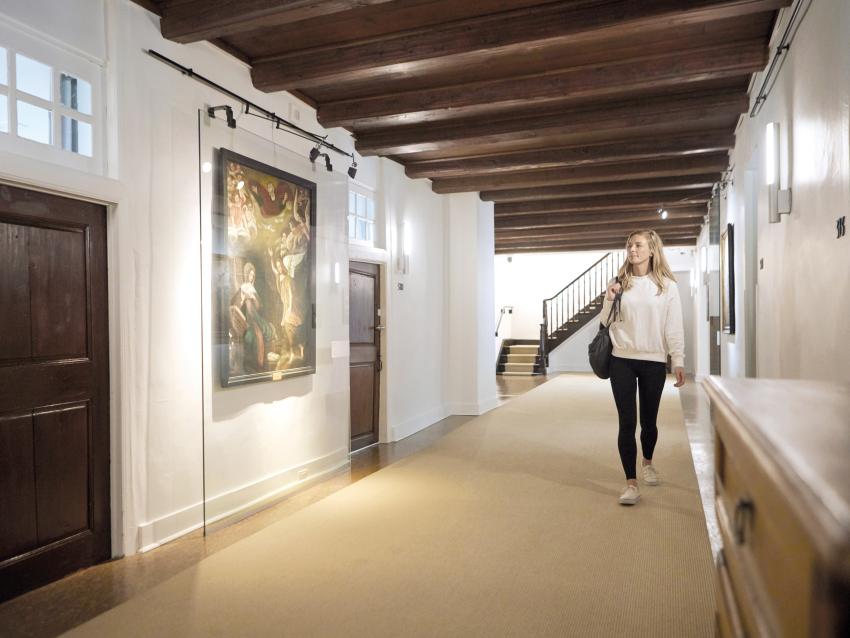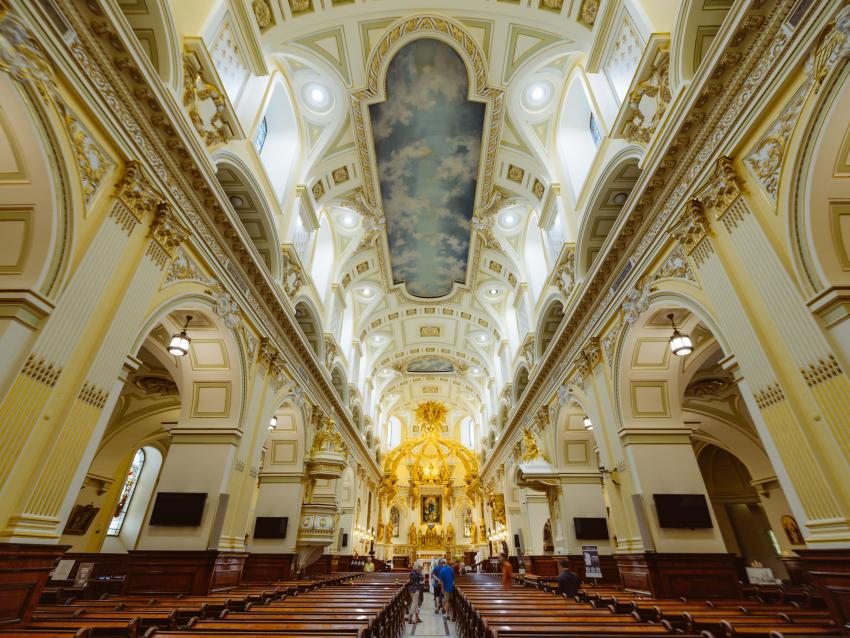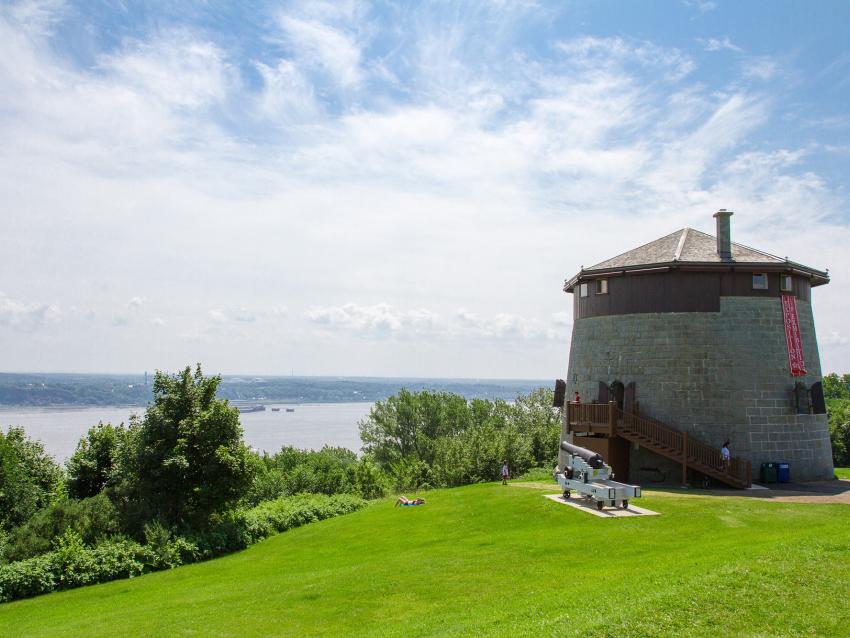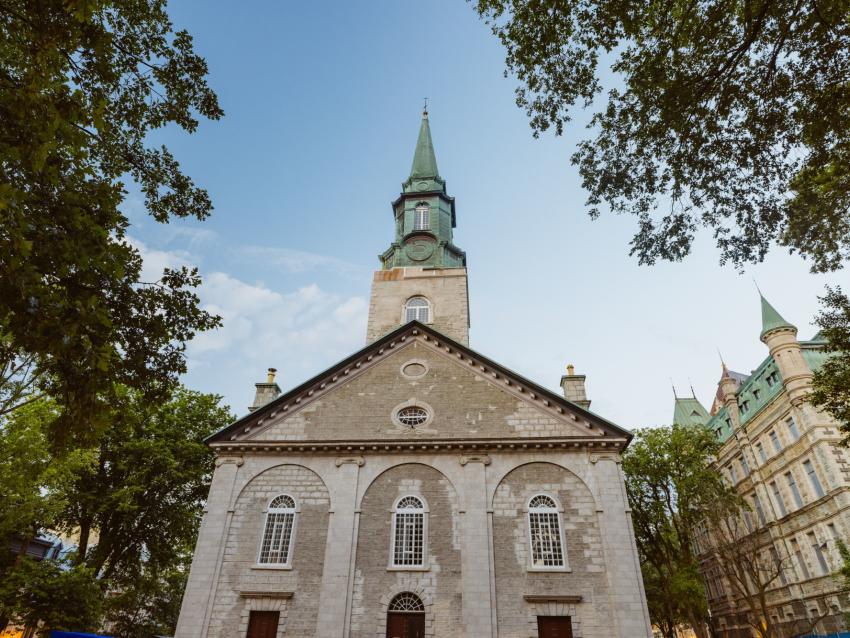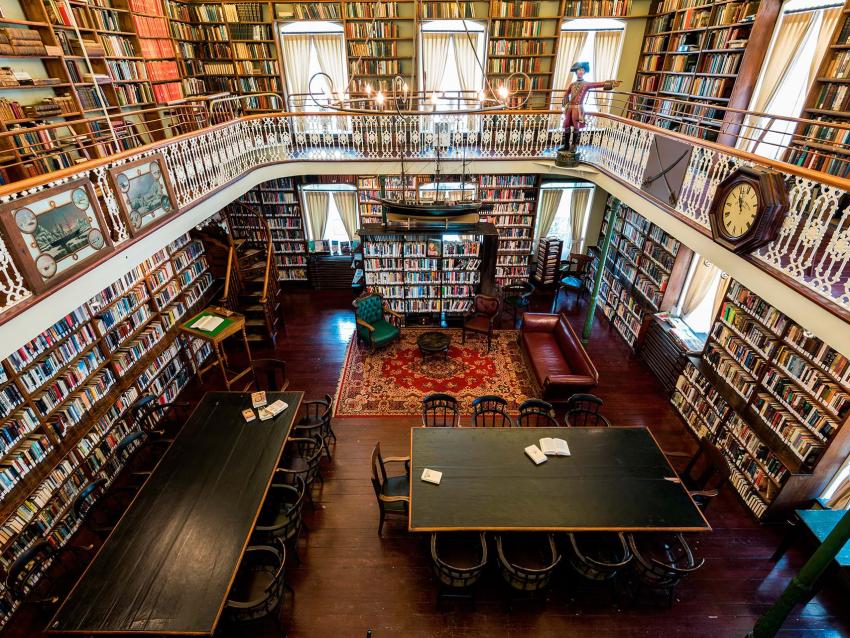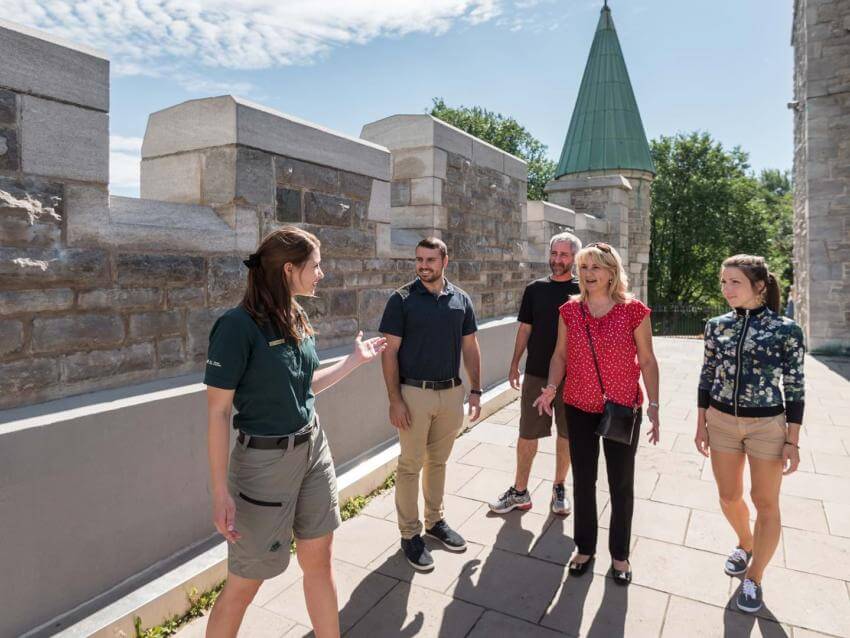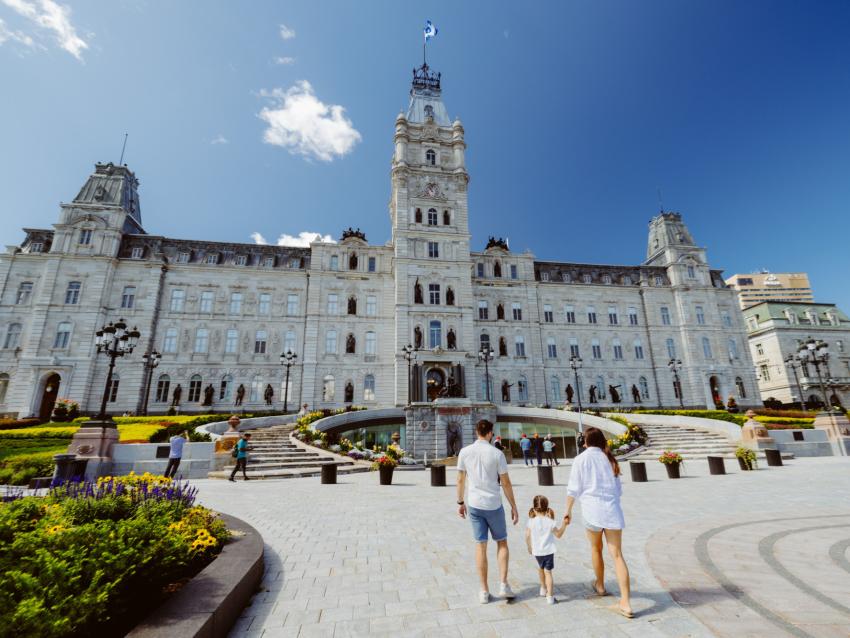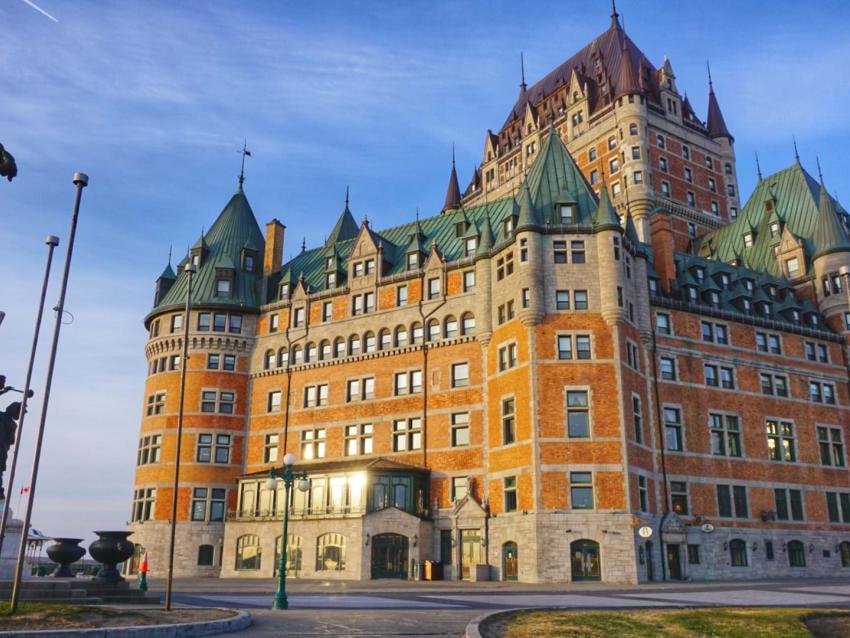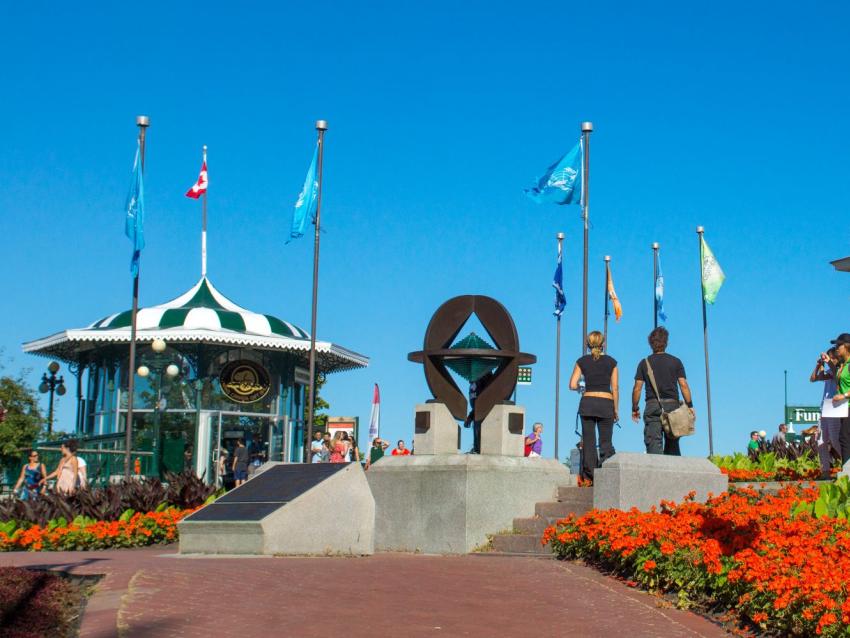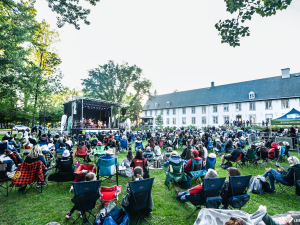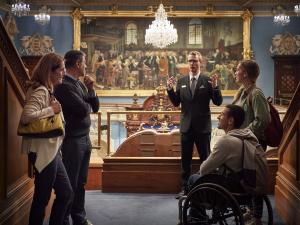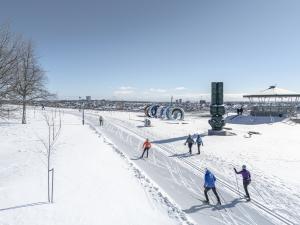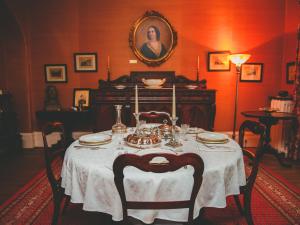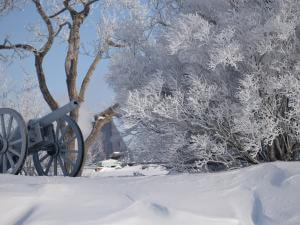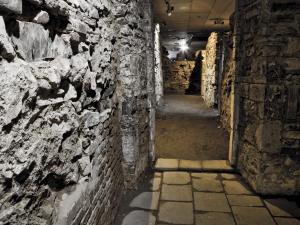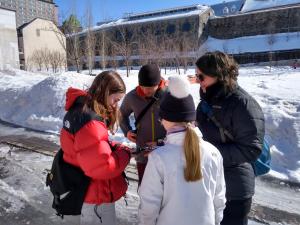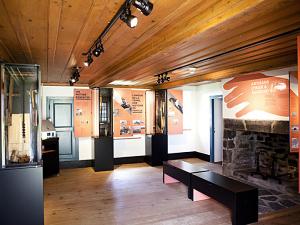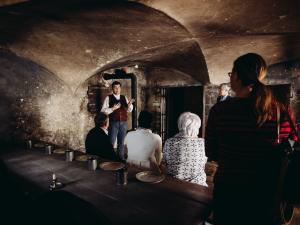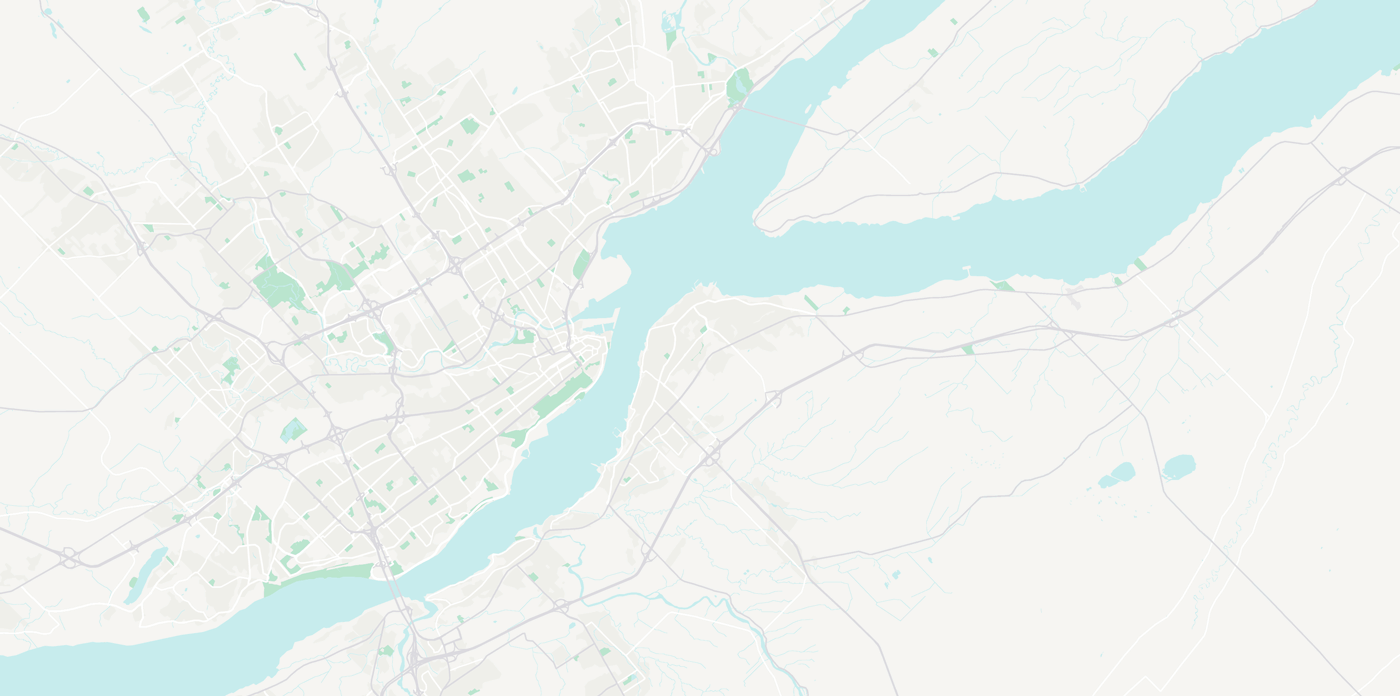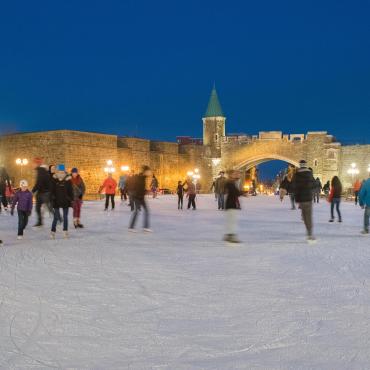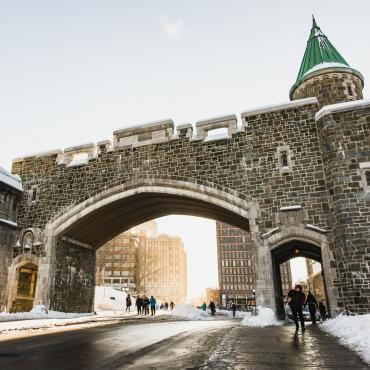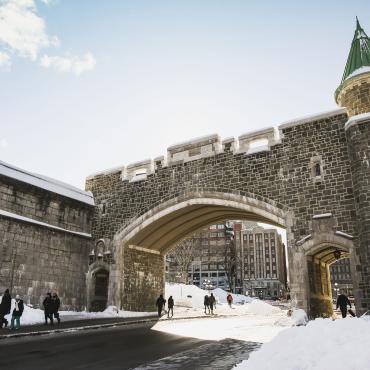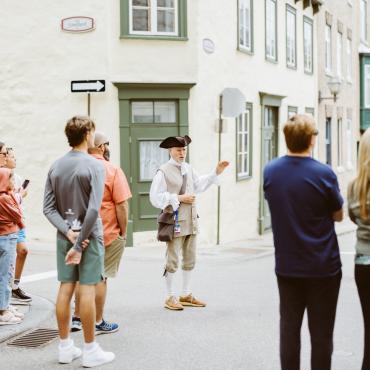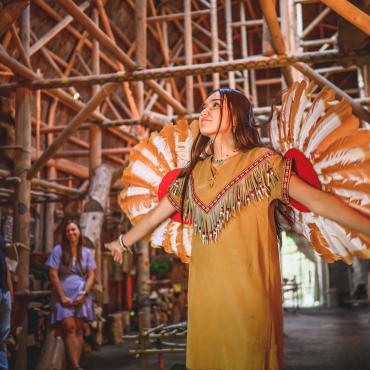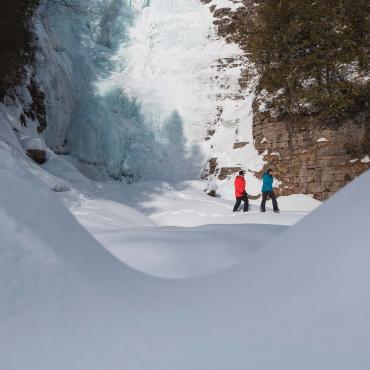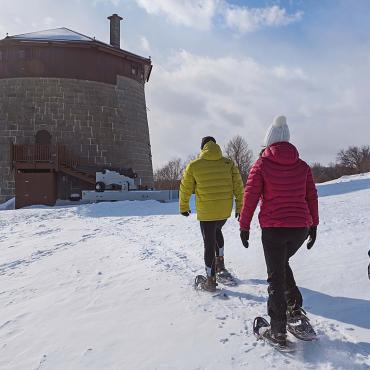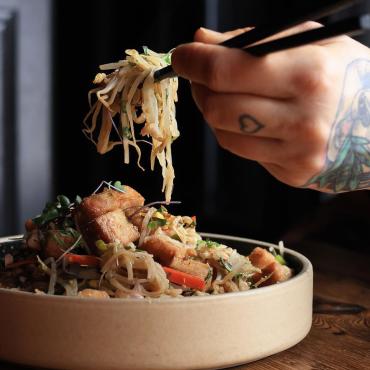14 Historic Places That Bring Québec City's Key Moments to Life

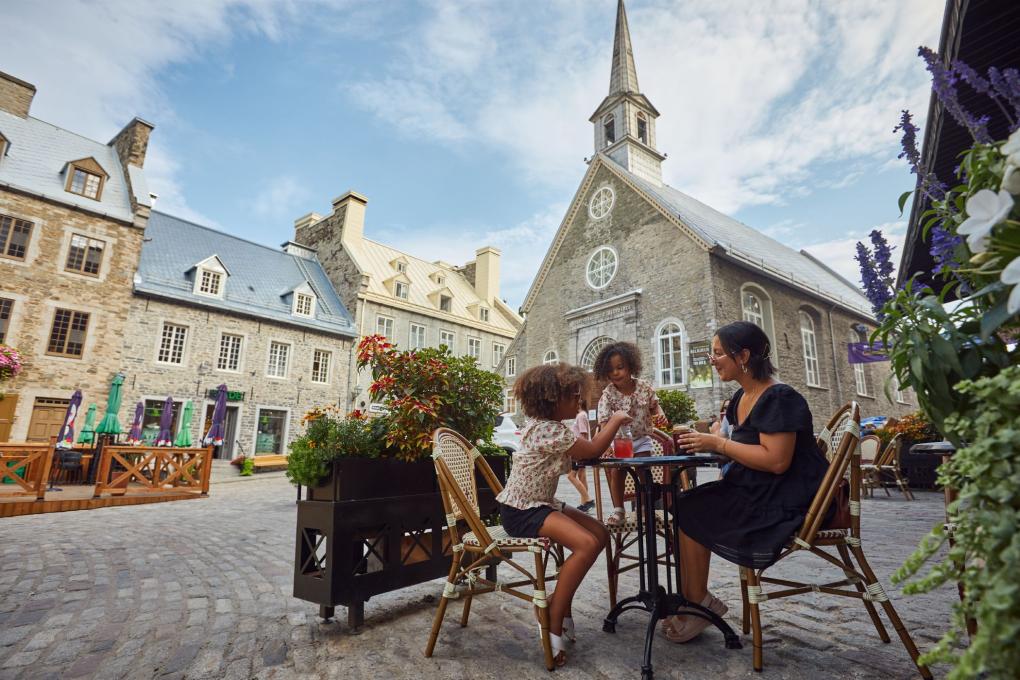
When the French landed on the shores of what is now Québec City, the land they would go on to explore and colonize was already home to the First Nations. After the French came the British, who took control of the area with the Conquest of 1763. Today, many sites and buildings give visitors a peek into Québec City’s rich past. Relive the city’s captivating history by visiting—or revisiting—these attractions.
 @miss_evycookies
@miss_evycookies
1Île d’Orléans (1535)
During his second voyage, Jacques Cartier spotted a vast island overgrown with vines. Cartier named it “Île de Bacchus” and later, “Île d’Orléans.” It became one of the cradles of French civilization in North America.
 Place Royale, Jeff Frenette Photography
Place Royale, Jeff Frenette Photography
2Place Royale (1608)
Place Royale is where Samuel de Champlain established the "Habitation de Québec" as a trading post for the fur trade.
 Daniel Abel
Daniel Abel
3Musée des Ursulines de Québec (1639)
Ursuline nuns founded the colony’s first school and educated generations of young women there. The building has maintained its original vocation right up to the present day.
 Sandy
Sandy
4Monastère des Augustines (1644)
Augustinian nuns founded the first permanent hospital north of Mexico upon their arrival in 1639, then settled permanently in Québec City’s upper town.
 Notre-Dame de Québec Basilica-Cathedral, Étienne Dionne
Notre-Dame de Québec Basilica-Cathedral, Étienne Dionne
5Notre-Dame-de-Québec Cathedral Basilica (1647)
Built in 1647, Notre-Dame-de-Québec became the first Roman Catholic parish north of Mexico. It’s also the site of the first and only Holy Door outside Europe.
 Simon Clark
Simon Clark
6Wendake (1697)
Almost half a century after arriving in the St. Lawrence Valley, the Wendat settled permanently near Québec City.
 Plains of Abraham, Audet Photo
Plains of Abraham, Audet Photo
7The Plains of Abraham (1759)
This gorgeous park is the site of a historic battle that opposed British and French troops, led by Generals Wolfe and Montcalm (respectively). With Montcalm’s rapid defeat, Québec City fell under British rule.
 Étienne Dionne
Étienne Dionne
8Cathedral of the Holy Trinity (1800)
This was the first church built as an Anglican cathedral outside the British Isles.
 Citadelle de Québec
Citadelle de Québec
9The Citadelle of Québec (1820)
The Citadelle is a holdover of the British defence system, a jewel of the city’s military heritage that has never been tested in wartime.
 Morrin Centre, Jeff Frenette Photography
Morrin Centre, Jeff Frenette Photography
10The Morrin Centre (1868)
This former prison became an important cultural centre for the English-speaking community of Québec City when it became home to Morrin College and the Literary and Historical Society of Quebec.
 Parcs Canada
Parcs Canada
11Fortifications of Québec National Historic Site (1874)
Lord Dufferin, the Governor General of Canada, developed a plan to safeguard the city’s fortifications. It is the only fortification in North America whose walls remain intact.
 Étienne Dionne
Étienne Dionne
12Parliament Building (1877)
With its opulent architecture and European charm, this building is the foremost parliamentary edifice in a long line of seats of power established in Québec City. It is Québec’s oldest national historic site.
 Pamela MacNaughtan
Pamela MacNaughtan
13Château Frontenac (1893)
Built on the site of Fort Saint-Louis and Château Haldimand, this prestigious hotel has become the symbol of Québec City. It opened its doors in 1893.
 Guy Lessard
Guy Lessard
14UNESCO Monument (1985)
UNESCO named Old Québec a World Heritage Site because of its exceptional status as a fortified colonial city and the pivotal role it played in the settling of North America. It is the only fortified urban site north of Mexico to be designated as a UNESCO World Heritage Site.
Our Favourite Activities in Your Inbox
Sign up for our newsletter to receive events suggestions and not-to-be-missed activities in Québec City.
By completing this form I agree to receive communications in english from Destination Québec cité.
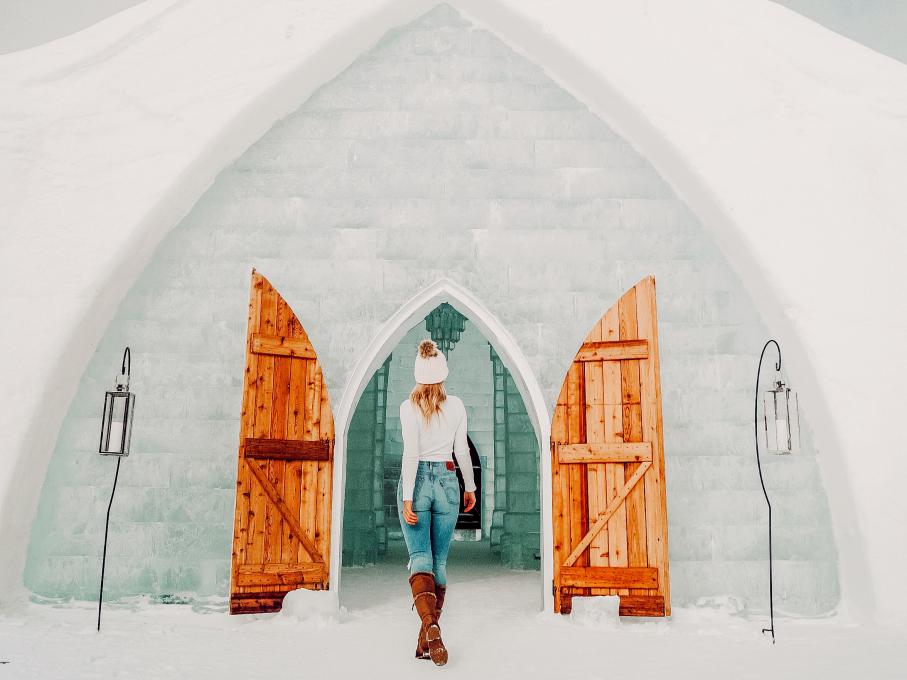
What are your interests?
Thank you for completing your newsletter subscription.
You will soon receive our emails to help you plan the perfect stay for you.

